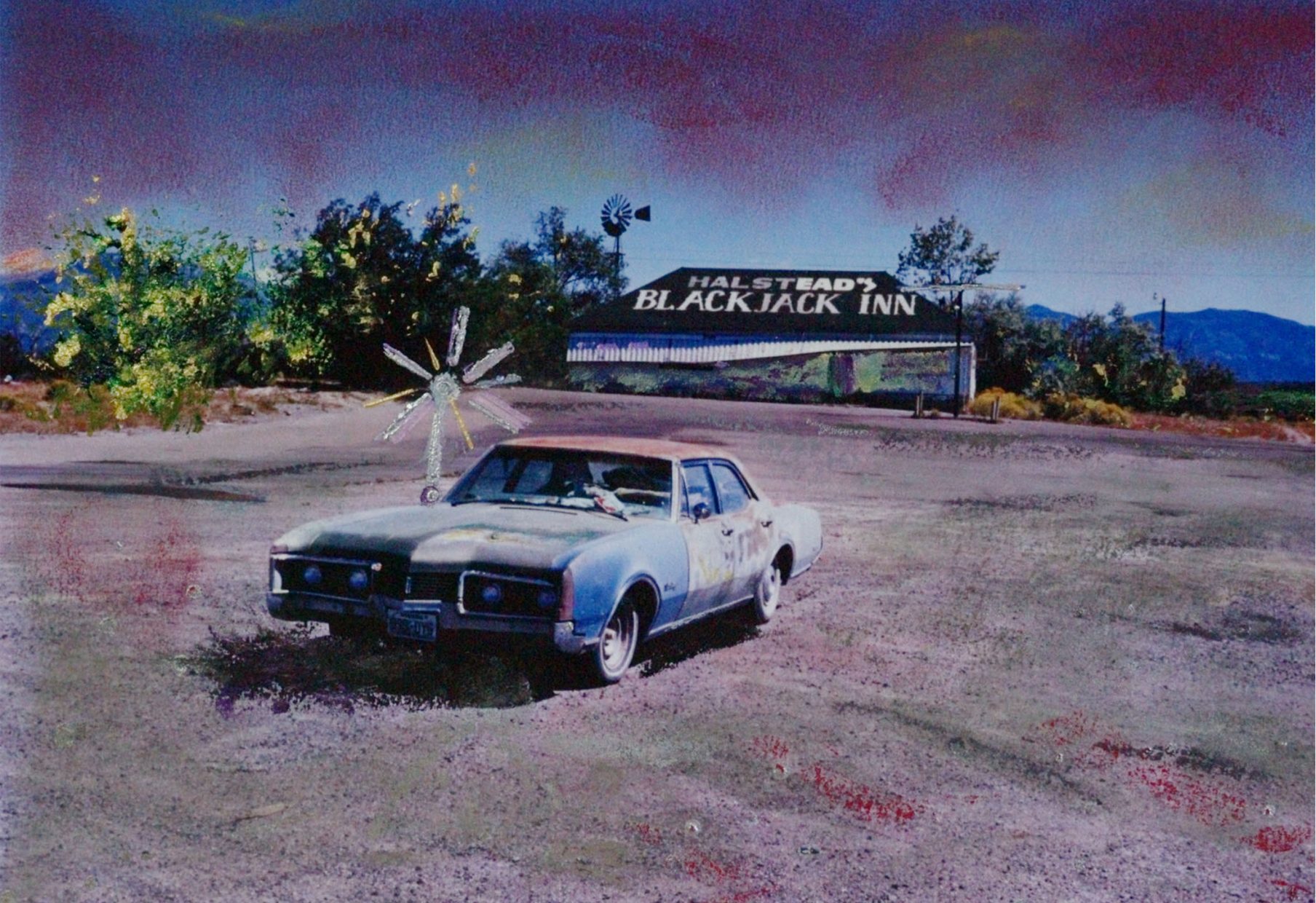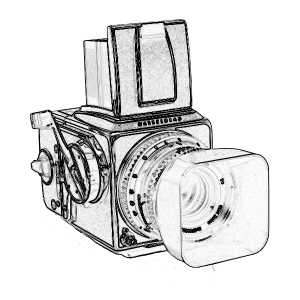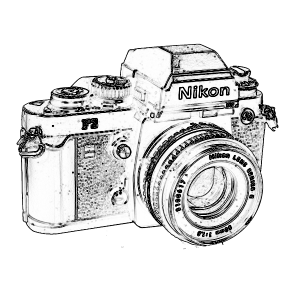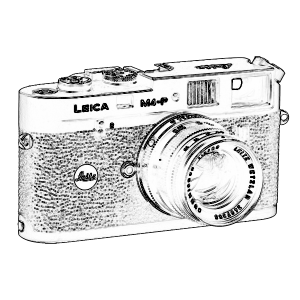Hasselblad SWC Superwide - 1948
When the Carl Zeiss 38mm/f4.5 Biogon was introduced, in 1954, it was the widest-angle medium-format lens available at the time. The problem was that the rear element of the lens extended so far into the camera body, it couldn’t be used with any of the existing medium-format reflex cameras. Victor Hasselblad, not one to be stumped by technical issues, solved the problem by designing a dedicated non-reflex camera with a shoe-mounted optical viewfinder that approximated the Biogon’s 90-degree angle of view. He called it the Hasselblad Superwide Supreme and it proved to be the first of a series of five generations of Superwide SWC cameras that would remain in production for the next 50 years!
The beauty of the Superwide is its ability to capture wide-angle pictures that simply don’t look wide-angle. They’re wide-angle, but the Zeiss 38mm Biogon renders the spatial relationships between visual elements within the frame with less perceptual distortion than a comparable wide lens on a full-frame 35mm camera.
In terms of simplicity, Hasselblad’s Superwide is the quintessential camera. It contains zero electronics, so it never requires batteries. Its manual-focus lens isn’t coupled, so you have to set the focus by physically measuring the camera-to-subject distance or by guesstimating. For precision through-the-lens focusing, you can use the optional Focusing Screen Adapter, or if you want to make life easy, simply stop the lens down to f/22, set the focus to a bit past 5', and everything from about 26" to infinity will be tack sharp.
The SWC is the finest super-wide angle that I have ever used. It is a fixed lens affair that just keeps on giving. No distortion just perfection!
FILM:
I use both 120 and 220 rolls for the 6cm X 6cm square format.
Kodak Ektachrome 100 transparency (slide) film was my main choice for my American Visions. I also used on the rare occasion Kodachrome 25 for it’s deep color saturation!
Fujichrome Velvia 100 Fujichrome Velvia 50








